Situation Breakdown
I've seen multiple posts regarding this certain topic, but, using all of those posts confirmed answer, the results never showed to be significant, long lasting, or even remotely yielding results in the first place.
I have a medium duty Wellers soldering iron, and I use the iron primarily for chip boards. Now before you tell me that I should learn how to solder before doing chip boards, I'd rather learn something like electronics production while learning how to solder. With that all set aside, below is the entire soldering kit. Yes I do use aluminum, but aluminum works just fine when it comes to small scale chips.
Soldering Kit
As you can see, the tip that I use for soldering things such as capacitators, switches, and resistors, on a really small scale. The soldering I use here (if it's important, that is) is a "Fine Eletrical Rosin Core Solder".
Now, the real culprit is the soldering tips. The only reason I'm confused on how to fix them is because I want to say that the black stuff you can see on the cone tip, is carbon build up. I also heard that the metal used on soldering irons tips are prone to oxidation. Now what was confusing is that I've only had this iron for a week. While my dad has NEVER tinned his soldering iron, and after almost a decade it still works as if it were brand new.
At first I thought I should simply just take a sanding block and just sand off the odd deformation my iron has created, but that didn't work. So now I tried tinning the iron, but the soldering flux wouldn't stick. So I melted a pool of soldering flux, thinking that would make it stick, and submerged my soldering tip into the molten flux pool, but to no avail. Finally I tried wiping it off several times, reapplying flux to it, and it still ended up like it is now. What's worse, is now when I apply the soldering core to the tip of the iron, it doesn't even melt it.
Soldering Tips In Question
I can return it, but it holds sentimental value to me, particularly because it was the first thing I used to solder with, which in my opinion, is worth holding onto, so I'd rather try and save the cores, and learn something from this, than return it and learn absolutely nothing from it.

